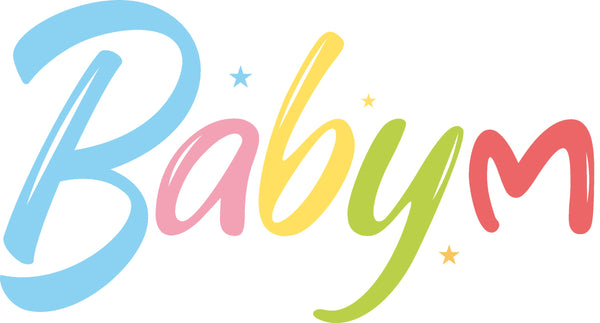Putting a baby to sleep can feel like a mysterious process, especially in the early months. One evening, everything goes smoothly; the next, your baby fights sleep with all their energy. If you're wondering how to put baby to sleep without stress or endless rocking, you're not alone. Many parents face this challenge daily.
Understanding how babies fall asleep, recognizing signs of tiredness, and setting up healthy bedtime habits can transform the way you approach sleep time. Let’s explore what really helps and what may be holding you back.
Understand Your Baby’s Sleep Patterns
TRY BABYMBabies don’t sleep like adults. Newborns wake frequently, and even at 3 to 6 months, sleep cycles remain short. A typical baby sleep cycle lasts about 45–60 minutes. That means frequent waking is not a sign of something going wrong—it's just biology.
Knowing this reduces stress. When you realize your baby isn't "bad at sleeping," but just developing naturally, you can focus on setting a rhythm that works for both of you.
Look for the Right Sleep Cues
Babies can’t say, “I’m tired,” but they communicate it in other ways. If you try to put your baby to sleep too early or too late, it can be a battle. Learn to spot the signs: rubbing eyes, yawning, fussiness, or zoning out. These are your signals to begin a sleep routine.
When your baby is overtired, they may seem energetic—but that burst is often a stress response. The sweet spot is catching the signs early and responding with calm, consistent actions.
Create a Soothing Bedtime Routine
One of the most effective ways to put baby to sleep is through a calming bedtime ritual. This doesn't have to be complicated. A warm bath, quiet music, gentle rocking, a soft story, or even just dimming the lights can signal it's time for rest.
TRY BABYMBabies thrive on predictability. Repeating the same steps each evening helps them associate those actions with sleep. Over time, this routine triggers a natural wind-down response.
Use Gentle Motion to Help Baby Fall Asleep
Many babies love movement—it reminds them of being in the womb. That’s why rocking, walking, or bouncing can be incredibly effective. But doing this for long periods can be exhausting.
This is where tools like BABYM can help. BABYM is an innovative device that mimics the natural, human-like motion of rocking. It offers a gentle, hands-free way to help your baby settle into sleep while staying safely in their crib. Parents often use it as part of the bedtime routine, especially when transitioning from arms to crib.
Unlike swings or vibrating chairs, BABYM was created specifically for sleep—not play or distraction. It supports a calm environment, without overstimulation or bright lights.
Set the Right Sleep Environment
The sleep setting plays a major role. Keep the room dark or softly lit, quiet, and comfortably cool (around 18–20°C or 65–68°F). Use blackout curtains if necessary. White noise can help block out background disturbances.
The crib should be simple—no bumpers, pillows, or plush toys. A firm mattress and fitted sheet are all your baby needs for safe sleep. Some babies also benefit from a sleep sack or swaddle (if age-appropriate) to feel secure.
Help Your Baby Learn to Self-Soothe
In the early months, babies often fall asleep in your arms or during feeding. That’s natural. But over time, gently encouraging your baby to fall asleep on their own can lead to longer stretches of rest.
One approach is to place your baby in their crib when they’re drowsy but still awake. At first, they may need your hand on their chest or a soft voice to calm down. Tools like BABYM can provide that soothing motion while your presence remains nearby.
Remember, self-soothing doesn’t mean crying it out. It’s about gradually building confidence and helping your baby feel safe as they learn new sleep skills.
Be Patient and Flexible
There’s no one-size-fits-all method. Some nights will be easier than others. Growth spurts, teething, illness, and development stages all affect sleep. Stay flexible and trust that you’re learning together.
If things go off track, return to your routine, adjust expectations, and use the tools available to you. If you're using BABYM, don’t expect instant sleep miracles—but do expect calmer, more consistent bedtime transitions.
Conclusion
Learning how to put baby to sleep is not about following strict rules—it’s about understanding your baby’s needs and creating an environment that supports healthy sleep. Consistent cues, gentle movement, a calm space, and the right timing all contribute to better rest for everyone.
Tools like BABYM offer valuable support, helping ease the bedtime transition and giving parents a break from constant rocking. With time, patience, and a few smart habits, bedtime can go from a struggle to a peaceful part of the day.

